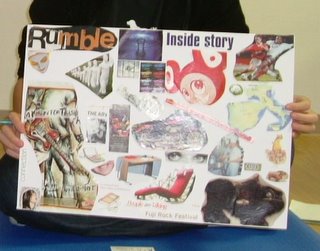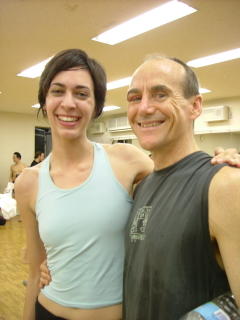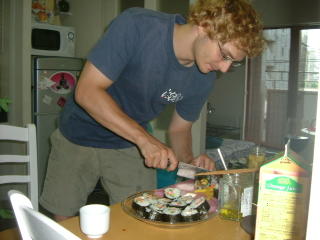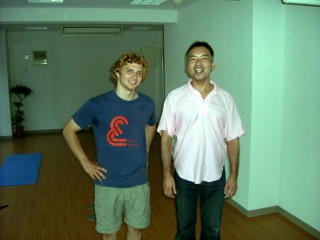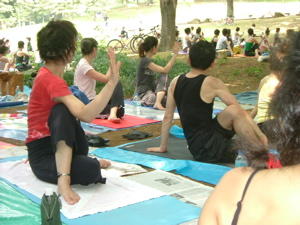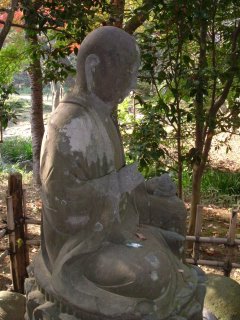
You may have read the post from a few months ago when Gwen and I went to the zen retreat in Shizuoka. For us, there is no denying the benefits of seated meditation, and we have wanted to give this option to our students and guests for a long time (and do more ourselves).
So when I made my vision map (read post below) one of the things I imagined was bringing more meditation into my life and the lives of people around me. The very next day, Yoga Garden was given a generous meditation donation from In Control accounting services, a business run by one of our students. With these funds, we were able to purchase enough zafu (meditation cushions) to host a group of meditators, and I am happy to announce that we are offering weekly meditation on Tuesday nights! Please come by if you can, there is no charge.
To read more about it, click here.
Patrick
Yoga Garden
P.S. I recently made this video about how to start a zazen practice. Check it out!


